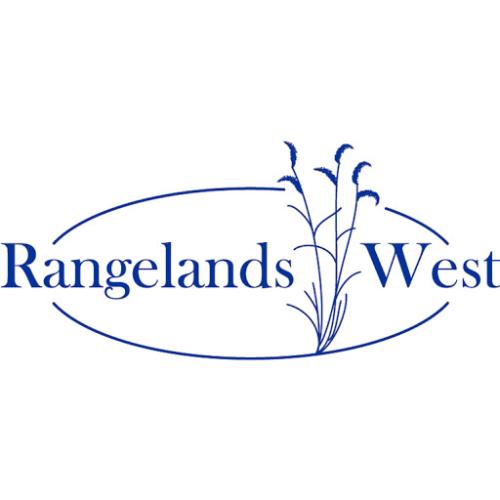Leafy spurge (Euphorbia esula L.) is a costly noxious weed to manage in the Northern Great Plains; it invades rangelands and displaces native and desirable vegetation. Our first objective was to test the recommended full rate and half rate of selected herbicides applied in September following a spring burn on a leafy spurge invaded plant community. Our second objective was to determine if raffinate (desugared beet molasses) applied to leafy spurge invaded rangeland would attract cattle to consume leafy spurge. The aminocyclopyrachlor with chlorosulfuron treatment had the best leafy spurge control at the full rate, with stem density reductions of 95 percent for both sites nine and twelve months after treatment. The salt block treatment had the best success at reducing leafy spurge stem density. Herbicides can be the most common and effective type of management; however, manipulating livestock to graze noxious weeds converts a weed into a useable forage.

Articles, citations, reports, websites, and multimedia resources focused on rangeland ecology, management, restoration, and other issues on American rangelands.